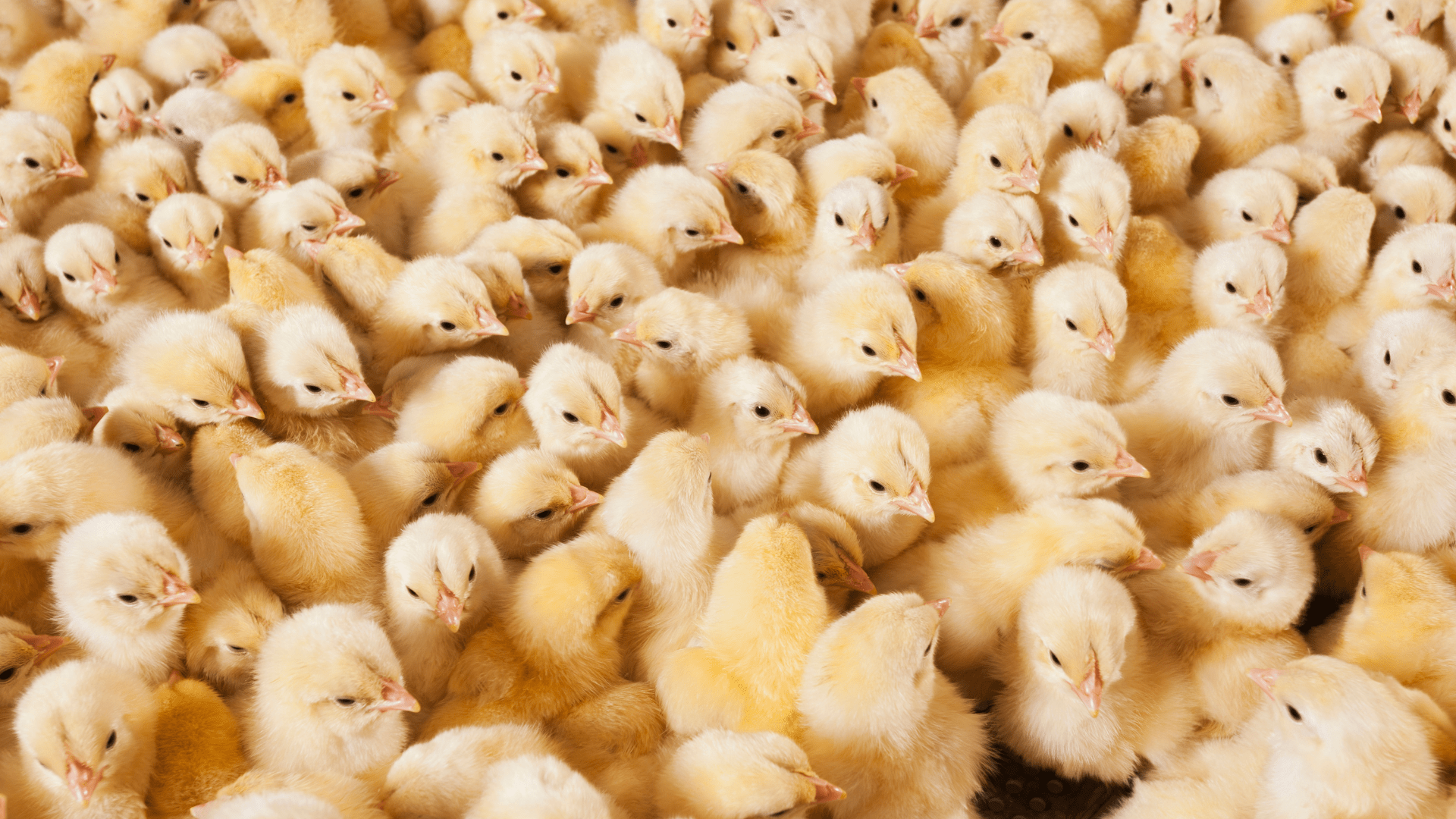Organic acids are substances that have a carboxylic group. In recent years, attention has been given to them as alternative additives to antibiotics, acting as antimicrobials and promoting better zootechnical indexes. Among a diverse list, the most discussed are Butyric, propionic, acetic, lactic, and formic acid.
In this publication, we will address the butyric. Butyric acid or butyrate is an organic acid classified as short-chain fatty acid – AGCC (or volatile fatty acid – AGV) having only 4 carbon atoms, being a metabolite resulting from anaerobic microbial fermentation. Its salts are widely used in animal nutrition and are known to improve gastrointestinal health and prevent infections and microbial diseases in birds, pigs, fish, and ruminants.
Despite being a simple molecule, it has several mechanisms of action and is of great importance for intestinal balance. However, in its free form, butyric acid is corrosive and has an unpleasant smell. Also, it is a weak acid with a PKA of 4.82. Therefore, it means that in TGI (alkaline pH) it will be metabolized, losing its attributes. In industry, butyrate salts are used, with Ca and Na being the most common. However, the challenges to obtaining the benefits of this organic acid do not stop here. The butyric acid must be encapsulated so that it reaches the most distant parts of the TGI, since bacteria such as Salmonella spp. colonize the cecum and colon portions.
Main attributes of Butyric Acid:
- Positive effect on villous growth;
- Stimulation of enzymatic secretions;
- Stabilization of intestinal microflora;
- An important source of energy for colonocytes;
In any case, butyric acid helps in the migration of neutrophils, which reinforces positive feedback to the animal’s immune system.
In the meantime, warming and greater demands on butyric acid and its derivatives are expected, as the demand for pork and poultry meat tends to grow. In a report by Transparency Market Research, they point out that pig farming is the segment that most used butyrate and its derivatives. However, he points out that in North America, Latin America, Africa, and the Middle East, the poultry sector is the most demanding. Eventually, it is pointed out as the main catalyst, the fact that Europe is fighting against growth-promoting antibiotics. Therefore, betting on butyric acid is a strong alternative.
Some Technical Results
According to VENTURA (2019), the association of free and microencapsulated butyric acid accelerates cell proliferation, renewing the intestinal mucosa after the damage caused by coccidiosis in its structure, showing that butyric acid is important for the maintenance and function of the intestinal mucosa.
From the same point of view, PETROLLI et al (2019) concluded that the use of herbal extracts + butyric acid to replace antibiotics as growth promoters can be used properly, without compromising the performance and intestinal quality of broilers. cut in the period from 1 to 42 days old.
LEESON et al (2005), showed that 0.2% butyric acid can help maintain broiler performance and carcass quality, especially in vaccinated birds challenged with coccidiosis.
references:
PETROLLI, T. G. et al. TANINOS E ÁCIDO BUTÍRICO COMO MELHORADORES DE DESEMPENHO PARA FRANGOS DE CORTE. Centro de Ciência Conhecer. Goiânia, 2019. Disponível em: http://www.conhecer.org.br/enciclop/2019a/agrar/taninos.pdf
S. LEESON, et al. Effect of butyric acid on the performance and carcass yield of broiler chickens, Poultry Science, Volume 84, Issue 9, 2005, Pages 1418-1422, ISSN 0032-5791, https://doi.org/10.1093/ps/84.9.1418.
VENTURA, G. Uncoated and microencapsulated butyric acid in alternative to antibiotics in diets for broilers challenged with Eimeria spp. Dissertação de Mestrado. Programa de Pós-Graduação em Ciência e Tecnologia Animal – FCAT. Dracena, 2019. Disponível em: https://repositorio.unesp.br/handle/11449/183276

